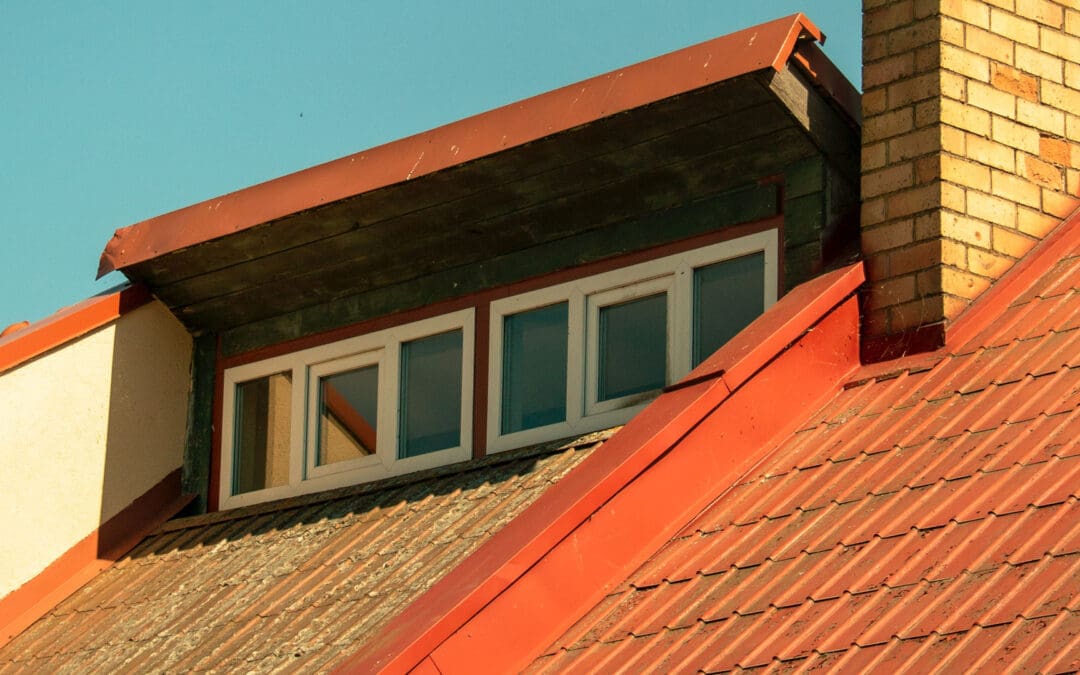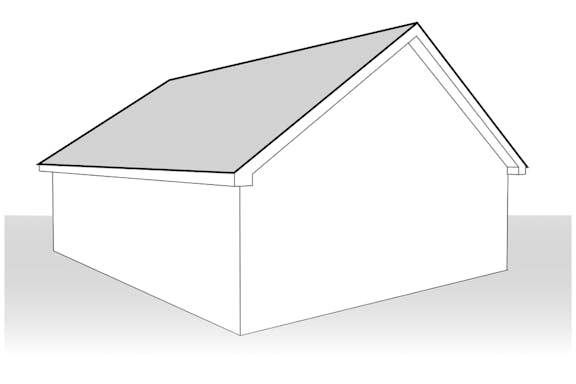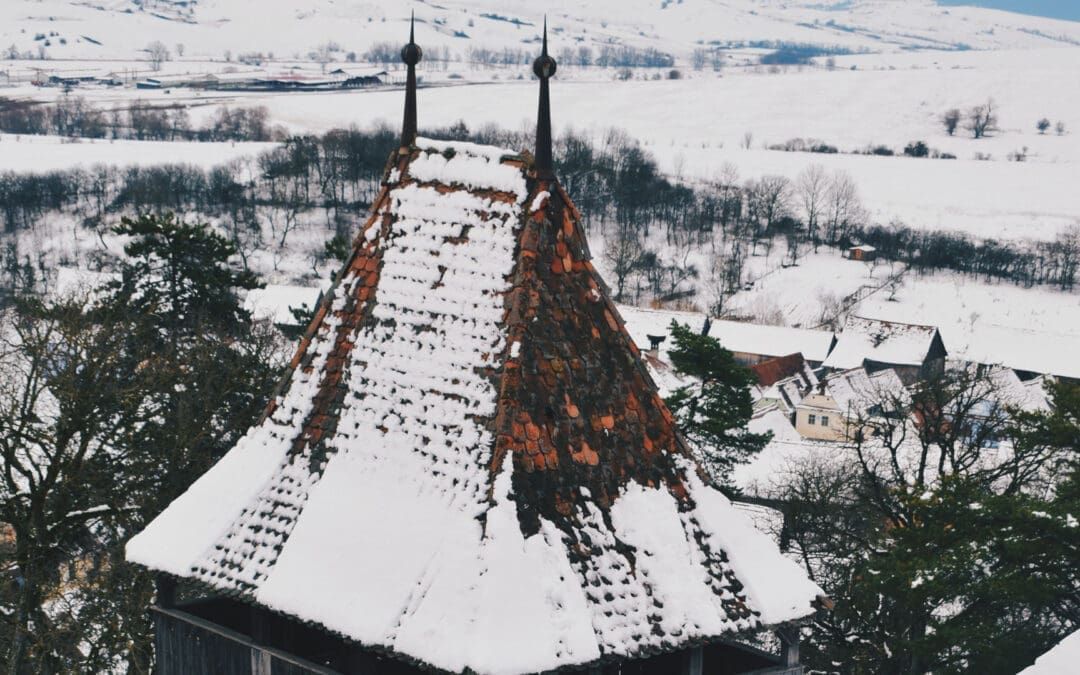
How to Spot & Prevent Getting Scammed on Your Roof Project
Beware, we’ve all heard the tales. Whether whispered by acquaintances or passed down through the grapevine, tales of roofing scams are a grim reality in today’s world. Unfortunately, the shadow of doubt looms over homeowners, reminding us that falling victim to these schemes is an ever-present threat.
Predatory individuals often seize the opportunity to exploit unsuspecting homeowners, especially in the aftermath of storms or harsh weather. They arrive like wolves in sheep’s clothing, dangling offers that seem too enticing to be genuine, all while weaving a web of deception that entraps even the most vigilant customers.
To shield yourself and safeguard your property, it is imperative to stay vigilant against the devious tactics employed by these scammers. Taking proactive measures is your armor against becoming their next target. Within the confines of this blog, we’ll navigate through these precautionary guidelines, ensuring you steer clear of the treacherous pitfalls of common roofing scams.
Ok, so we’re not “scary stories” writers, but these roof scammers are real and they are dicks. Luckily, our gut feelings that signal red flags make them easier to spot.
So, let’s get to it!
Common Roofing Scams
-
Storm Chasers: Scammers often follow severe weather events, targeting homeowners with damaged roofs. They appear as contractors offering quick fixes, take deposits, and vanish without completing the work.
-
Lowball Bidding: Fraudulent contractors provide unrealistically low estimates to win bids. Once the project begins, they claim unforeseen issues and demand more money to finish the job.
-
Unnecessary Repairs: Some scammers create a sense of urgency by claiming extensive damage that doesn’t actually exist. They pressure homeowners into unnecessary repairs or replacements, costing more than needed.
-
Upfront Payment: Fraudulent contractors might ask for a significant upfront payment and then disappear without starting the work or completing it.
-
Shoddy Materials: Scammers may use substandard materials while charging for premium ones. This leads to quick deterioration of the roof, requiring repairs sooner than expected.
-
Insurance Fraud: Dishonest roofers can inflate claims to maximize payouts from insurance companies, leaving homeowners vulnerable to policy cancellations or increased premiums.
-
Bait and Switch: Some contractors quote a reasonable price initially but later claim unexpected issues that raise the cost substantially, taking advantage of the homeowner’s commitment.
-
Door-to-Door Sales: Scammers go door-to-door offering roof inspections. They might fabricate damage, pressure homeowners into signing contracts, and vanish after receiving payment.
-
Verbal Agreements: Contractors who avoid written contracts can change terms and prices at will, leaving homeowners with little recourse.
-
No-Show Jobs: Scammers take on multiple projects simultaneously, causing delays or abandoning projects entirely due to lack of resources.
Benefits of Hiring Licensed & Insured Professional Contractors
-
Quality Workmanship: Licensed contractors are trained and experienced, ensuring quality installation, repairs, and maintenance that extend the life of your roof.
-
Compliance: Licensed contractors adhere to building codes and regulations, preventing potential legal issues and ensuring your roof meets safety standards.
-
Insurance Coverage: Insured contractors protect you from liability in case of accidents or injuries during the project. You won’t be held responsible for medical expenses or damages.
-
Contracts and Agreements: Professionals provide written contracts detailing project scope, costs, materials, and timelines, ensuring transparency and accountability.
-
Warranty: Reputable contractors offer warranties on their work, assuring that if any issues arise post-installation, they will address them without additional costs.
-
Avoiding Scams: Hiring licensed contractors reduces the risk of falling victim to scams, as they operate within the bounds of the law and ethics.
-
Peace of Mind: Professional contractors bring expertise, reducing the stress of dealing with subpar work or unexpected complications.
-
Timely Completion: Established contractors have the resources to complete projects on time, preventing unnecessary delays.
-
Proper Documentation: Licensed contractors handle permits and necessary paperwork, saving you from bureaucratic hassles.
-
Long-Term Savings: Quality work from professionals means fewer repairs and replacements in the long run, saving you money over the roof’s lifespan.
Examples
- Quality Installation: A licensed contractor installs your roof following manufacturer guidelines, ensuring proper ventilation, underlayment, and shingle placement to prevent leaks and damage.
- Liability Coverage: During a repair, if a worker falls and gets injured, the contractor’s insurance covers medical expenses, preventing legal action against you.
- Written Contracts: A reputable contractor provides a detailed contract that outlines the project scope, materials, start and completion dates, and payment terms, avoiding confusion and disputes.
- Warranty Assurance: If a roofing company offers at least a 10-year warranty and an issue arises in the second year, they will fix it at no extra cost, protecting your investment.
- Code Compliance: Licensed contractors ensure your new roof meets local building codes, preventing potential fines and the need for costly redoing of work.
- Expertise: A professional contractor can suggest the best materials and techniques for your specific roof type, ensuring longevity and performance in the face of weather challenges.
- Stress Reduction: With a licensed contractor, you can relax, knowing that your roof is in capable hands, and you won’t have to constantly monitor the progress.
- Timely Completion: Established contractors have a team and resources to finish your project on time, avoiding extended construction periods.
- Documentation Handling: You won’t need to navigate permit applications and approvals, as licensed contractors handle these processes for you.
- Long-Term Savings: A well-installed and maintained roof by professionals saves you money by avoiding premature repairs and replacements.
Count on Roof Roof & Construction for your residential roof project
When the search is on for a reliable source of roofing solutions, Skywalker Roofing shines as a dependable roofing company with extensive years of hands-on experience. Rooted in a dedication to top-notch quality and a track record that echoes customer contentment, they stand as the neighborhood’s trusted professionals for all things roofing.
Our crew comprises adept and friendly roofers, each a seasoned hand in their craft. From minor roof touch-ups to a complete roof overhaul, we’ve got the mastery and enthusiasm to nail the task with finesse.












